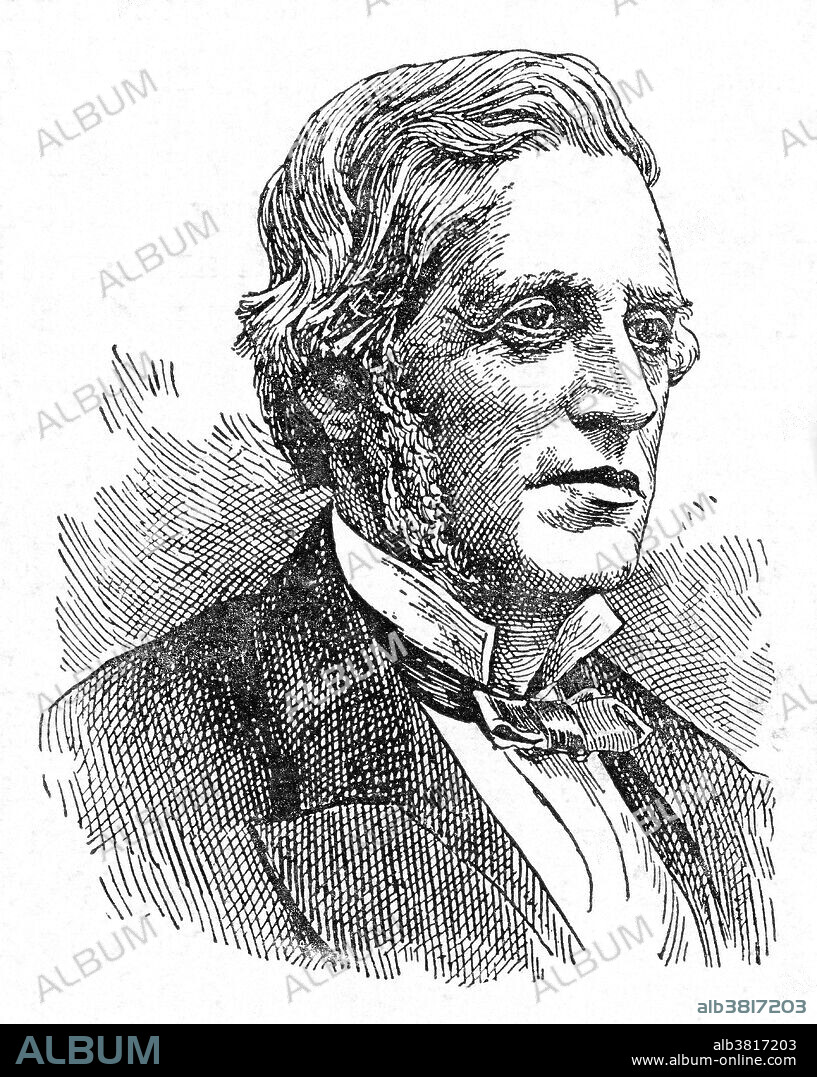alb3817203
William Bowman, English Anatomist and Histologist

|
Añadir a otro lightbox |
|
Añadir a otro lightbox |



¿Ya tienes cuenta? Iniciar sesión
¿No tienes cuenta? Regístrate
Compra esta imagen.
Selecciona el uso:

Título:
William Bowman, English Anatomist and Histologist
Descripción:
Ver traducción automática
William Bowman, 1st Baronet (1816-1892) was an English surgeon, histologist and anatomist. He is most famous for his research using microscopes to study various human organs, though during his lifetime he pursued a successful career as an ophthalmologist. His earliest notable work was on the structure of striated muscle, for which he was elected a Fellow of the Royal Society in 1841. At the young age of 25, he identified what then became known as the Bowman's capsule, a key component of the nephron. His collaboration with Robert Bentley Todd, a Professor of physiology, led to the publication of "Physiological Anatomy and Physiology of Man" (1843-1856) and "Cyclopaedia of Anatomy and Physiology" (1852), which detailed their research on microscopy and histology, relating minute anatomical observations to physiological functions. Their extensive use of the microscopes revolutionized the study of anatomy and physiology. n 1884, Queen Victoria created him as a baronet. He died at his house in 1892.
Crédito:
Album / Science Source / New York Public Library
Autorizaciones:
Tamaño imagen:
3610 x 4525 px | 46.7 MB
Tamaño impresión:
30.6 x 38.3 cm | 12.0 x 15.1 in (300 dpi)
Palabras clave:
1841 • 1852 • 1884 • 1892 • ANATOMIA • ARTE • AUTOR • BLANCO Y NEGRO • CIENCIA • COLABORACION • COLABORADOR • DESCUBRIDOR • DIBUJO • DOCTOR • ESCRITOR • EUROPEA • EUROPEAS • EUROPEO • EUROPEOS • EXPLORADOR • FAMOSA • FAMOSO • FAMOSOS • FIGURA • FISIOLOGIA • GENTE • HISTOLOGO • HISTORIA • HISTORICO • HOMBRE • HOMBRES • ILUSTRACION • IMPORTANTE • INGLES • INVESTIGACION • MASCULINO • MEDICINAL • MEDICO • MICROSCOPIA • MÚSCULO ESTRIADO • NEFRONA • OBRA DE ARTE • OFTALMOLOGIA • OFTALMOLOGO • PERSONA • PERSONALIDAD • PERSONALIDADES • RETRATO DE HOMBRE • SIGLO XIX • SIR


 Pinterest
Pinterest Twitter
Twitter Facebook
Facebook Copiar enlace
Copiar enlace Email
Email
